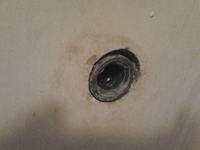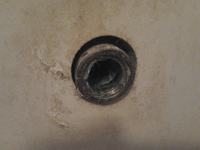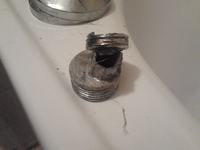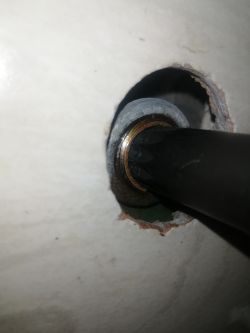Hello!
First of all, sorry if this is a bad place on the subject, but I couldn't find anything on the plumbing itself. If so, please do so.
Secondly. I have a huge problem, the whole tap over the bath broke and 2 screw ends remained in the pipes in the wall (I do not know what these adapters are professionally called)
Maybe someone has any idea how to twist it without destroying the tile at the same time?
below photos




First of all, sorry if this is a bad place on the subject, but I couldn't find anything on the plumbing itself. If so, please do so.
Secondly. I have a huge problem, the whole tap over the bath broke and 2 screw ends remained in the pipes in the wall (I do not know what these adapters are professionally called)
Maybe someone has any idea how to twist it without destroying the tile at the same time?
below photos











